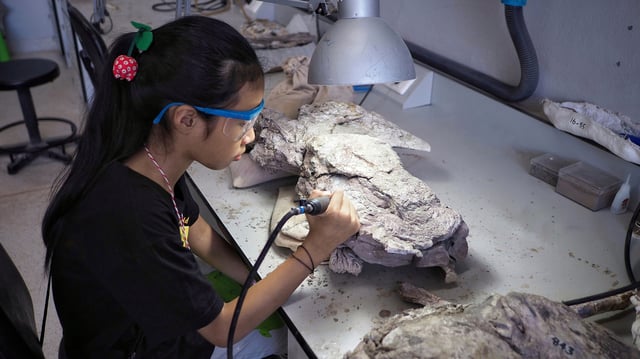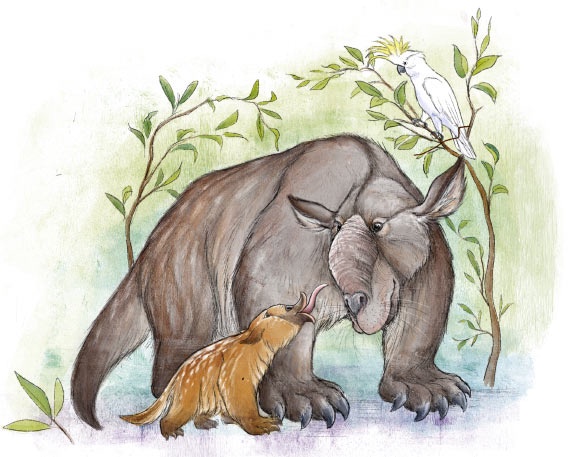Overview
- Researchers established reference peptide profiles for Zygomaturus trilobus, Palorchestes azael and Protemnodon mamkurra using collagen from fossils dated beyond 43,000 years ago.
- ZooMS analysis distinguished Protemnodon from multiple living and extinct kangaroo genera and separated Zygomaturus and Palorchestes from other large marsupials.
- Collagen’s resilience in hot, humid conditions extends species identification to fragmentary remains from tropical and sub-tropical fossil sites where DNA is degraded.
- Enhanced identification capabilities promise a more comprehensive record of megafauna distributions and extinction timelines across ancient Sahul.
- The new profiles may illuminate interactions between early humans and megafauna, including a possible overlap of Protemnodon mamkurra with first Tasmanian settlers.


